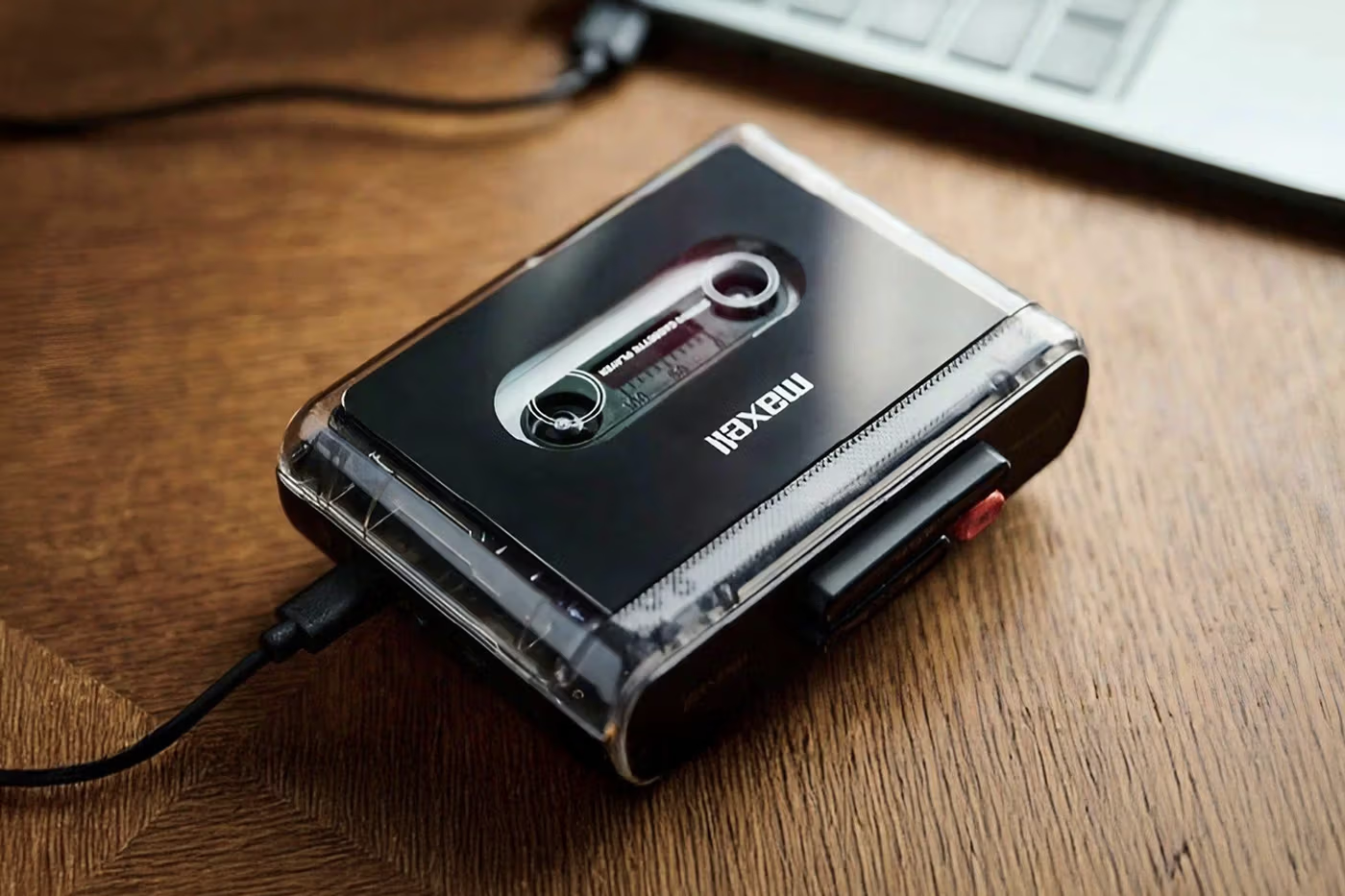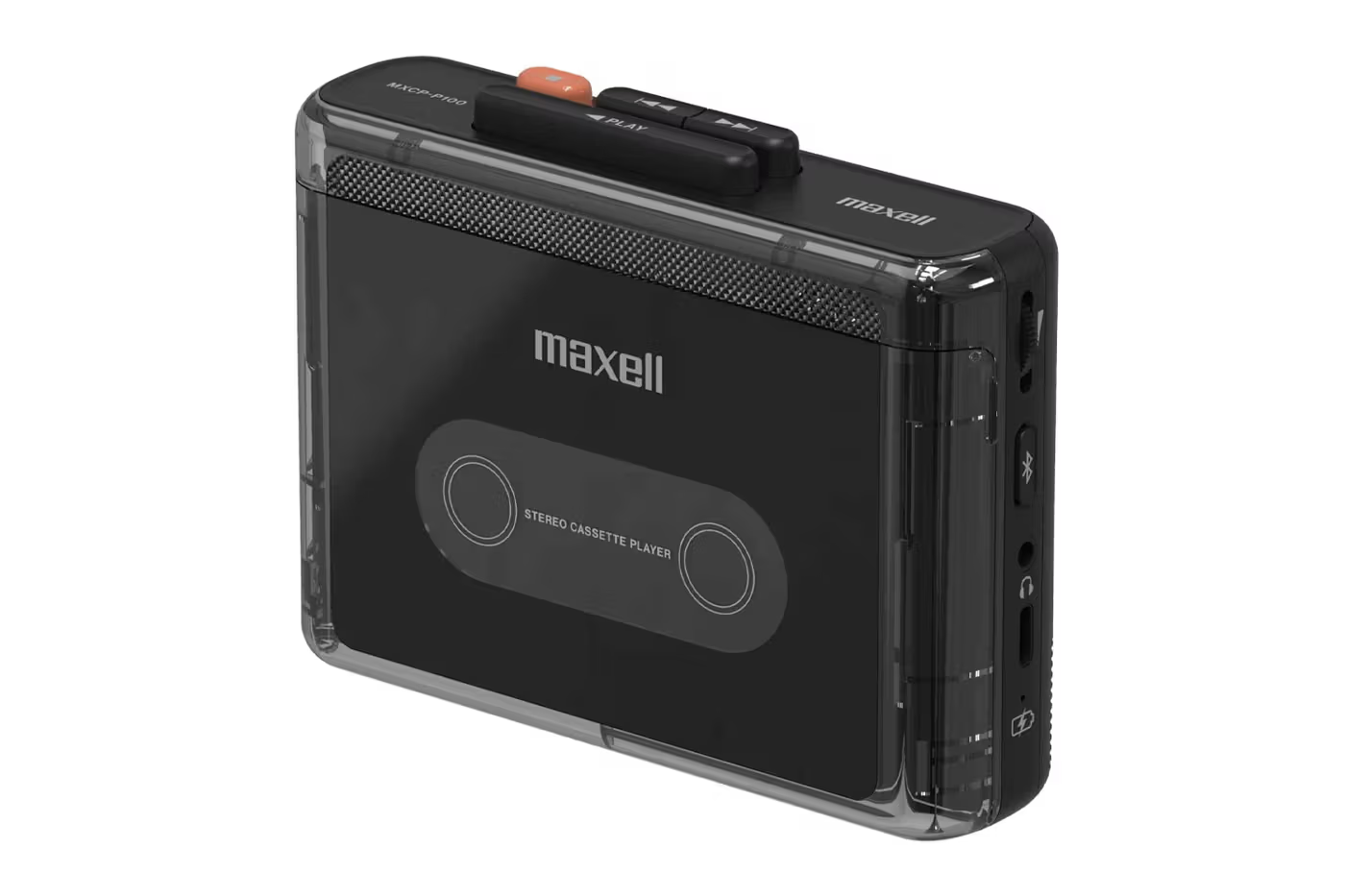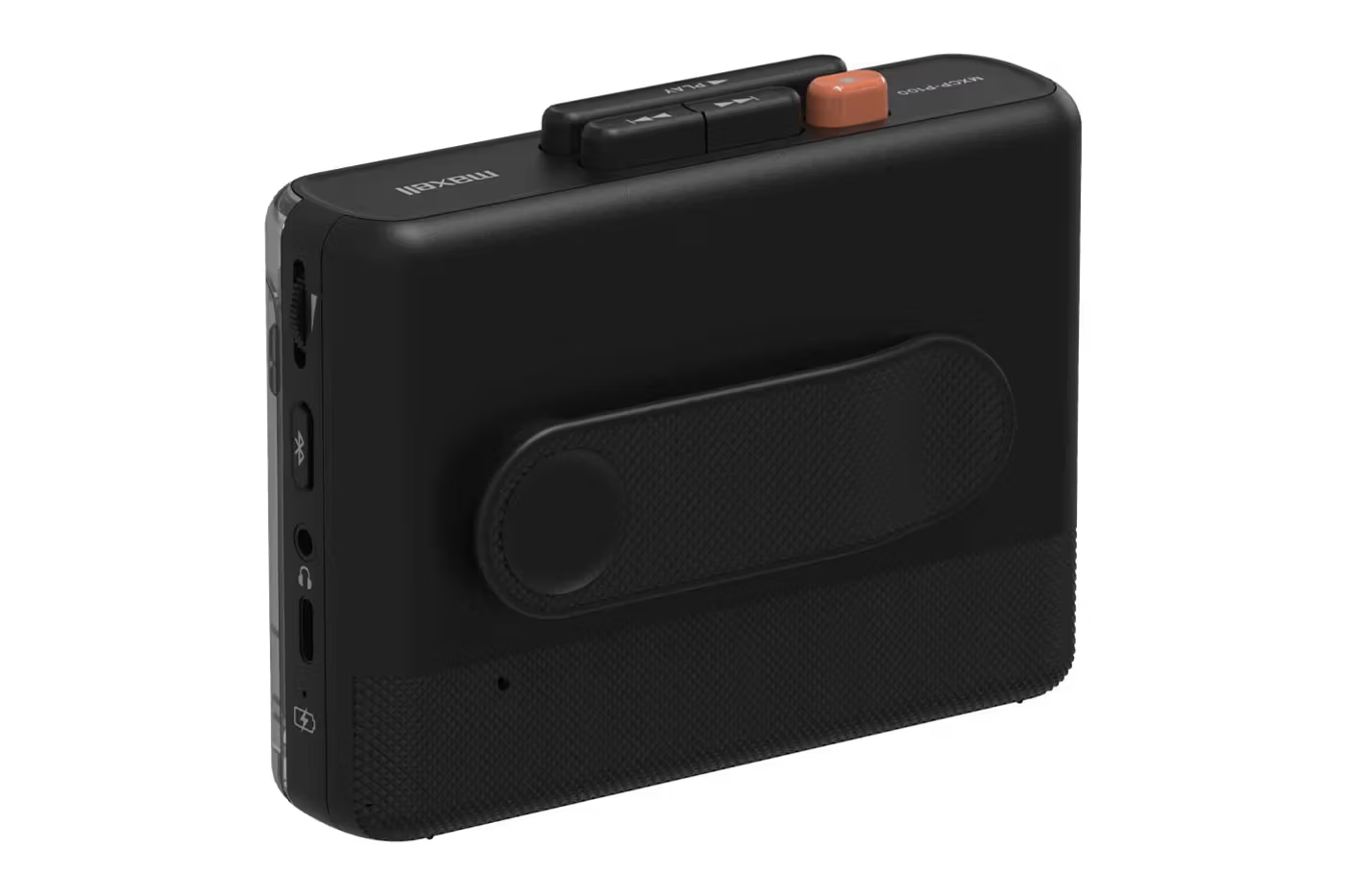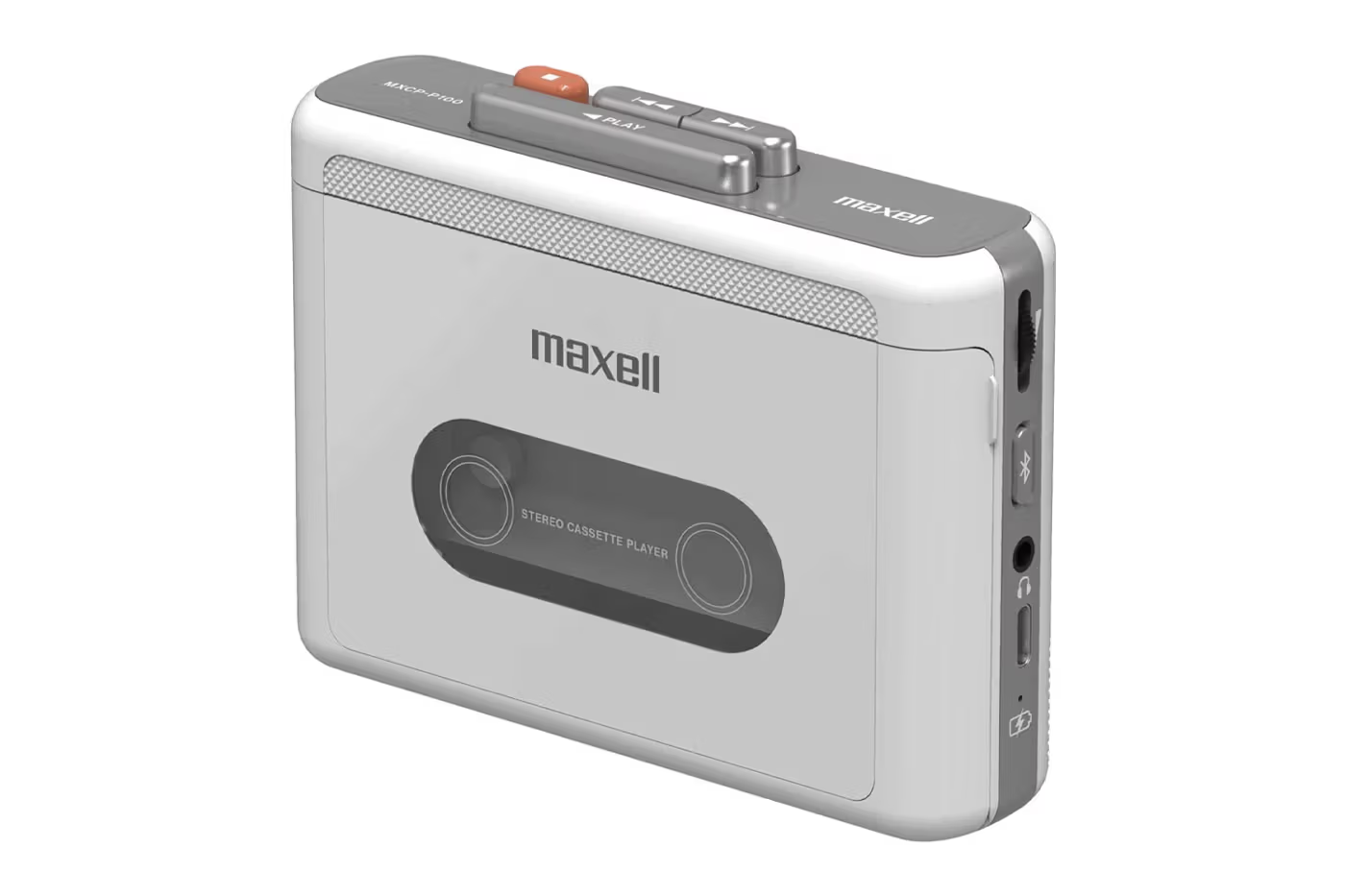Maxell MXCP‑P100: A Contemporary Cassette Player with Purposeful Restraint
- Niwwrd

- Jul 14
- 2 min read
In July 2025, Maxell quietly re-entered the audio hardware space with the launch of the MXCP‑P100, a compact cassette player that reimagines analog listening through a modern industrial lens. Unlike trend-driven revivals, this is a deliberate product minimal in ambition but precise in execution.
Form Reflects Function
At first glance, the MXCP‑P100 recalls the physicality of 1980s portable cassette players. The device features mechanical push buttons, a compact rectangular body (122 × 91 × 38 mm), and a brass flywheel volume dial. But this isn’t retro for aesthetic’s sake it’s design continuity, executed with restraint.
The interface prioritizes tactility. There are no screens, no digital menus. What you see is what you get: physical playback control with subtle metallic accents, designed for daily use rather than display.
Modern Adaptation Without Compromise
Internally, the MXCP‑P100 integrates key modern features. It supports Bluetooth 5.4 for wireless headphones, includes a 3.5 mm audio jack, and charges via USB‑C, offering up to 9 hours of playback. The cassette bay supports standard C90 tapes, but there is no recording function, no auto-reverse, and no noise reduction system.
This conscious omission of features is not a limitation. It’s an editorial choice. Maxell is offering a clean analog experience supported by current essentials nothing more, nothing less.
Exclusive Launch, Limited Access
Initially launched exclusively in Japan for ¥13,000 JPY (approx. $90 USD), the MXCP‑P100 sold out shortly after release. While international distribution has not been officially announced, units have begun appearing on third-party reseller platforms at a modest premium.
This limited availability only reinforces its position as a niche but considered product designed for listeners who value physical media and a distraction-free audio experience.
Contextual Relevance
The resurgence of interest in physical formats from vinyl to cassettes—has less to do with nostalgia and more with intentionality. The MXCP‑P100 supports that shift. It doesn’t attempt to innovate for innovation’s sake, nor does it exaggerate its analog roots.
Instead, Maxell presents a focused, well-constructed device that offers a quiet alternative to streaming fatigue. It invites users to engage manually, thoughtfully—with music.
Conclusion
The Maxell MXCP‑P100 is not a collectible. It’s not a retro gadget built to generate headlines. It’s a practical tool designed for people who still buy tapes, who still enjoy flipping sides, and who find value in the physical presence of music.
In a design landscape increasingly shaped by screens and simulations, this player brings back a kind of control simple, grounded, and human.







Comments